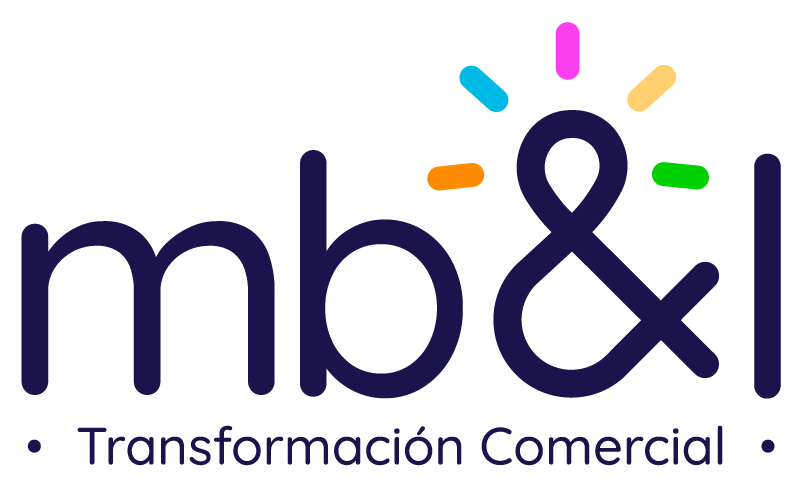And then the uncomfortable question returns: why do we train? To check a box in the annual plan, or to help people do their jobs better?
The truth is that training is not the same as transformation. A class can inspire, clarify ideas, open your mind. But if we don’t practice, if we don’t take it to the field, if we don’t allow ourselves to make mistakes, everything stays as theory. It’s like the story of the lumberjacks: the one who stops to sharpen the axe is the one who truly progresses… but sharpening the axe isn’t an event, it’s a habit.
And here’s a key point many companies overlook: before training, you need to understand what the business actually requires.
A prior diagnosis is recommended. It helps reveal which skills are missing, which conversations get stuck, which processes don’t work, which habits hinder performance. Without that diagnosis, the training can become disconnected from daily reality, and it’s no surprise that applying it later becomes difficult. From the diagnosis, new initiatives will likely emerge that may need to happen before, during, or after the training.
When we train based on a solid diagnosis, training stops being generic and becomes useful. And when there’s practice, coaching, and support afterward, that’s when transformation appears.
Because learning something new takes time. It requires repetition, feedback, small adjustments. It requires daring to put what you learned into play, even if it’s not perfect. It requires sustaining the process beyond the training session.
This is why at mb&l we always say the same thing: training is just the beginning. What matters is what happens afterward—how you incorporate it, how you turn it into a habit, how you make it part of the way you work.
If training doesn’t align with the business, it doesn’t transform.
And if there’s no practice, coaching, and follow-up, it doesn’t last.
Training helps.
But transforming… requires commitment, diagnosis, and support.
That’s where the real change happens.


